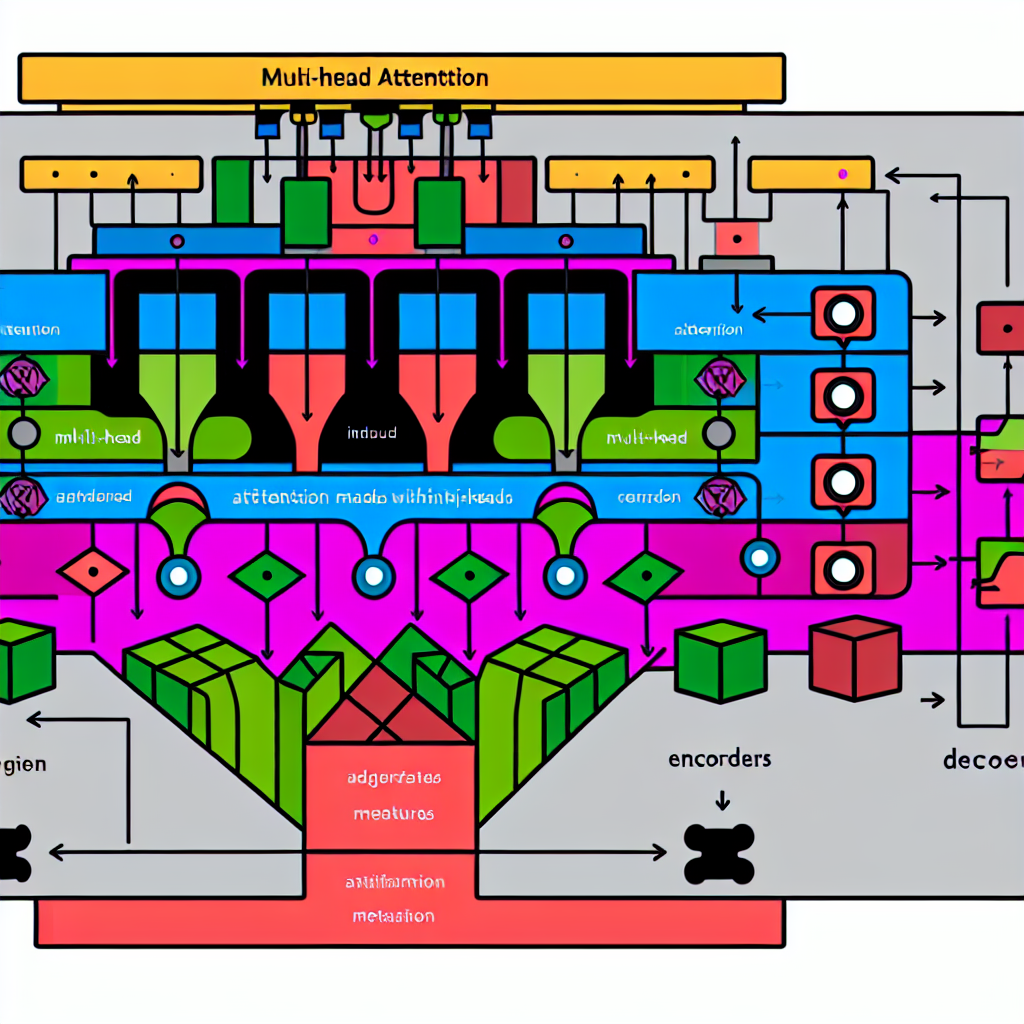Transformers in 2025: Essential Insights into GPT, NLP, and Attention Models
Introduction to Transformers
Transformers are a class of models introduced by Vaswani et al. in 2017, fundamentally altering the approach to NLP tasks. These models utilize self-attention mechanisms that allow them to process and generate language in a highly efficient manner. The original transformer architecture has paved the way for innovations like BERT, GPT-3, and beyond. For a detailed understanding, our introductory guide to transformers is highly recommended.
Advanced Applications
In 2025, the applications of transformer models extend far beyond simple text predictions. They are now instrumental in various domains such as healthcare for predictive analytics, finance for fraud detection, and even creative sectors for content generation. GPT models, in particular, have demonstrated remarkable capabilities in generating human-like text, facilitating chatbots, and automating translations.
Transformers have also been integrated into complex systems like autonomous vehicles for processing unstructured data in real-time. Their ability to handle sequential data with remarkable precision has made them indispensable in these advanced applications.
Emerging Frameworks
With the rise of transformer models, several frameworks have emerged to support their development and deployment. Hugging Face’s Transformers library remains a pivotal resource, providing easy access to pre-trained models and fine-tuning techniques. PyTorch Lightning and TensorFlow’s Model Garden also offer robust support for implementing and experimenting with transformers.
TensorFlow.js and ONNX provide capabilities for deploying transformer models in web applications and edge devices, expanding their utility. As these frameworks evolve, they continue to lower the barrier for entry, allowing more researchers and developers to contribute to this dynamic field.
Real-World Examples
One notable example of transformer application is in automated customer service. Companies like IBM and Microsoft have integrated transformers into their customer support systems to provide instant, accurate, and context-aware responses. This has significantly improved customer satisfaction and operational efficiency.
Another inspiring case is the use of transformers in medical diagnosis. By analyzing patient data and medical histories, transformers assist healthcare professionals in identifying potential health risks and suggesting treatments with a high degree of accuracy.
Future Trends
As we look to 2025, several trends are anticipated to shape the future of transformers. The scaling of models to billions of parameters, as seen with GPT-3, will continue, providing even deeper insights and more precise outputs. Furthermore, the integration of multimodal data processing—combining text, audio, and visual inputs—is set to enhance AI’s contextual understanding significantly.
Ethical AI and model interpretability remain critical areas of focus. Efforts to address biases in transformer models and make their decisions more transparent are underway, promising responsible AI development in the future. For more on AI ethics, explore AI ethics overview.
FAQ
What are transformers in NLP?
Transformers are neural network architectures that utilize self-attention mechanisms to process sequential data, primarily used for natural language processing tasks.
What makes GPT models special?
GPT models are generative pretrained transformers known for their ability to generate human-like text, excel in NLP tasks, and be fine-tuned for various applications.
How do attention models work?
Attention models focus on specific parts of input data when making predictions, improving the model’s ability to understand and generate relevant outputs.
Conclusion
The future of transformers, GPT models, and attention mechanisms is bright and filled with potential. As these technologies advance, they will continue to reshape industries through enhanced AI capabilities. Staying abreast of these developments will be crucial for professionals and enthusiasts alike. Explore comprehensive future outlook on transformers to keep updated.
To ensure you remain informed, subscribe to our newsletter and join the conversation shaping the future of AI and Data Science.



